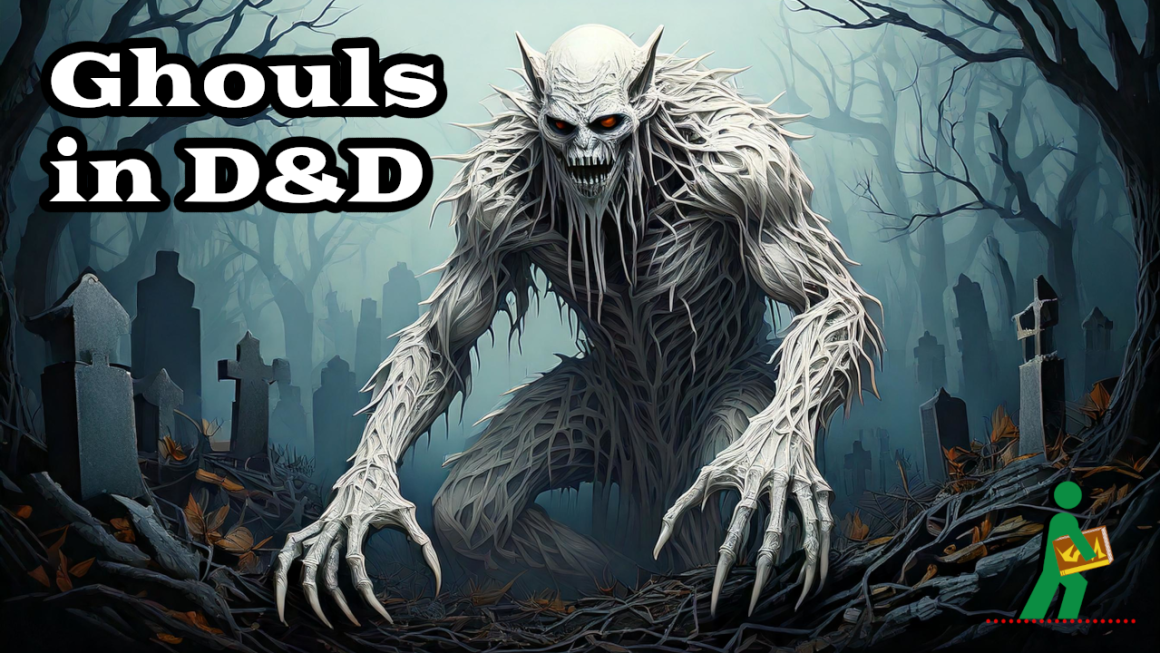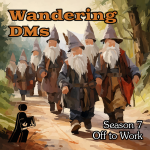
Ghouls in D&D | Hungry for More | Wandering DMs S06 E36

Dan and Paul reflect on the many changing faces of ghouls in D&D and fantasy literature. How did they become one of the most feared monster types? What flavor is best: the one from Lovecraft, Howard, Leiber, Gygax, or Romero? Should they be unthinking undead, or a sentient organized race? What’s the best way to skin (or unskin) them in your D&D game?
In Arabic folklore, the ghul is said to dwell in cemeteries and other uninhabited places. A male ghoul is referred to as ghul while the female is called ghulah. A source identified the Arabic ghoul as a female creature who is sometimes called Mother Ghoul (ʾUmm Ghulah) or a relational term such as Aunt Ghoul. She is portrayed in many tales luring hapless characters, who are usually men, into her home where she can eat them.
Some state[who?] that a ghoul is a desert-dwelling, shapeshifting demon that can assume the guise of an animal, especially a hyena. It lures unwary people into the desert wastes or abandoned places to slay and devour them. The creature also preys on young children, drinks blood, steals coins, and eats the dead, then taking the form of the person most recently eaten. One of the narratives identified a ghoul named Ghul-e Biyaban, a particularly monstrous character believed to be inhabiting the wilderness of Afghanistan and Iran.
In “Pickman’s Model”, a short story by H. P. Lovecraft, ghouls are members of a subterranean race. Their diet of dead human flesh mutated them into bestial humanoids able to carry on intelligent conversations with the living. The story has ghouls set underground with ghoul tunnels that connect ancient human ruins with deep underworlds. Lovecraft hints that the ghouls emerge in subway tunnels to feed on train wreck victims.
Lovecraft’s vision of the ghoul, shared by associated authors Clark Ashton-Smith and Robert E. Howard, has heavily influenced the collective idea of the ghoul in American culture. Ghouls as described by Lovecraft are dog-faced and hideous creatures but not necessarily malicious. Though their primary (perhaps only) food source is human flesh, they do not seek out or hunt living people. They are able to travel back and forth through the wall of sleep. This is demonstrated in Lovecraft’s “The Dream Quest of Unknown Kadath” in which Randolph Carter encounters Pickman in the dream world after his complete transition into a mature ghoul.
This description uses material from the Wikipedia article “Ghoul“, which is released under the Creative Commons Attribution-Share-Alike License 3.0.

